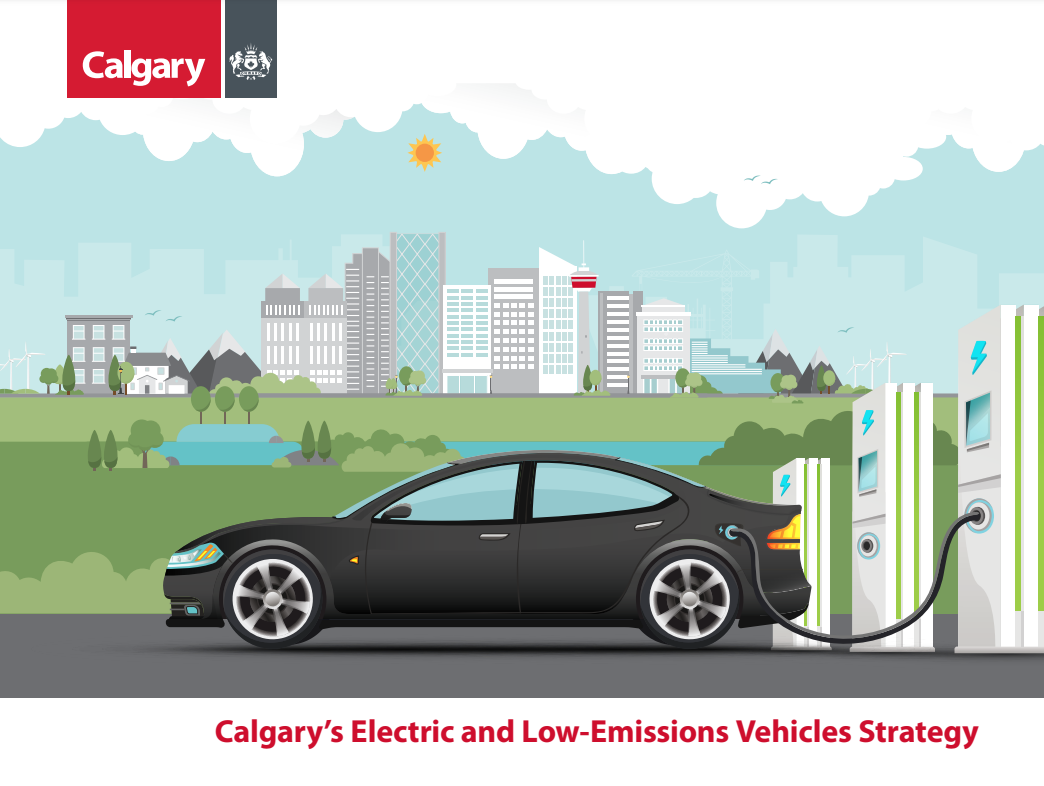Electric mobility strategy
Transportation makes up about one-third of Calgary’s yearly greenhouse gas (GHG) emissions. One of the best ways to reduce these emissions is to use vehicles that produce fewer emissions. Electric vehicles (EVs) are a great option for this.
Our EV and low emissions vehicle (LEV) strategy aims to support Calgarians who own or are interested in low carbon vehicles. It also outlines actions to help make it easier and more convenient to switch to low carbon vehicles.
This strategy supports the Calgary Climate Strategy. It is also aligned with the Future of Transportation Program, which looks at how new technologies will affect life, work, and travel in Calgary in the future.
Electric vehicles in Calgary
Why is The City focusing on electric vehicles?
EVs are the most popular and widely available low-carbon-vehicle technology today. There are two types of EVs, both of which can plug into a wall outlet or use an EV charger:
- Battery electric vehicles (BEVs) use an electric battery pack instead of a fuel like gasoline or diesel to power the car’s electric motor. In a BEV, the electric motor replaces the internal combustion engine (ICE) that powers conventional cars.
- Plug-in hybrid electric vehicles (PHEVs) have both systems: a battery pack and electric motor and an ICE. A PHEV typically runs on electric power until the battery is depleted. If the battery is depleted, the car switches over to its ICE.
EVs don’t produce tailpipe emissions when they drive using their battery packs. PHEVs produce tailpipe emissions when they operate on their internal combustion engine.
Making the EV and generating electricity for the EV (if the electricity comes from non-renewable sources) does create some GHG emissions. However, these are decreasing over time. Alberta's last coal-powered plant shut down in 2024 and each year, more of our province’s electricity comes from renewable sources such as solar and wind power.
Each year, the price difference between new EVs and gasoline cars also gets smaller. There are more types of EVs available. These include small sedans, SUVs, and pickup trucks. We’re also seeing more used EVs for sale and a steady increase in new EV registrations. That's why we're getting ready for many more EVs on Calgary streets in the coming years.


